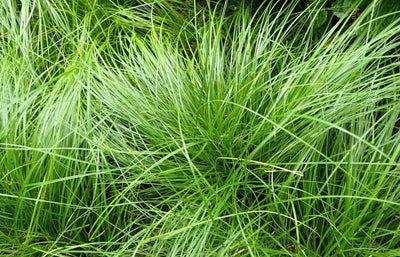Xeriscape is derived from the Greek word xeros, which means dry. Xeriscaping and zero gardening refer to landscaping and gardening in such a manner as to reduce or eliminate the need for supplemental water from irrigation.
Areas that do not have a readily accessible, exemplary, or reliable source of freshwater need xeriscaping .That is a popular concept in the arid portions of the United States. As our climate patterns shift, it is gaining acceptance in other areas.
Xeriscaping refers to a method of landscape design that minimizes water consumption. The Denver Water employees coined the phrase in 1970.
In essence, xeriscaping uses plants whose natural requirements are appropriate to the local climate, and care is taken to avoid losing water to evaporation and run-off. The specific plants used in xeriscaping depend upon the climate.
The Denver xeriscape concept is based on seven principles:
1. Plan and design – create a plot plan showing your landscape's significant elements, including the house, driveway, deck or patio, existing trees, and other elements.
2. Soil – most plants benefit from the use of compost; yet, some desert plants prefer gravel soils instead of well-amended soils. Remember plants should fit your soil, or you need to amend it to fit the plants.
3. Efficient irrigation – You can do this manually or with an automatic sprinkler system. It requires a bit of planning to ensure that the correct type of sprinklers is used. Spray, drip lines, or bubbler emitters are most efficient for watering trees, shrubs, flowers, and ground covers. Make sure to water deeply and infrequently to develop a deep root system. Watering during the day is a NO because most water disappears via evaporation.
4. Correct plant and zone selection – the different areas in your yard receive different amounts of light, wind, and moisture. To reduce water waste, group plants with the same light and water requirements and place them in an area that matches their needs. Place moderate water use plants in low-lying drainage areas, near rain gutter downspouts, or in the shade of other plants. A giant water hog is your lawn, and shrub/perennial beds will require about half of the water. Dry, sunny areas support low water use plants.
5. Mulch – mulch is your yard's best friend. It keeps plant roots cool, prevents soil from crusting, minimizes evaporation, and, every bit helps, reduces weed growth. Organic mulches should be applied 2 to 4 inches thick, and inorganic, such as rocks, should be applied 2 to 3 inches deep. Remember surrounding plants with rock tends to make the area hotter, which is not a good practice.
6. Use an alternative turf – native grasses (warm season) cultivated for turf lawns, such as buffalo grass, can survive with a quarter of the water bluegrass varieties require. Use the appropriate grass and limit the amount of grass to reduce the watering and maintenance requirements.
7. Maintenance – the dreaded word for us gardeners and landscapers alike. Well, all landscapes require some degree of care during the year. Your turf needs aeration and regular fertilization every 6 to 8 weeks in the spring and fall. The turf height should be kept at 3 inches, and let the clippings fall. Trees, shrubs, and perennials will require occasional pruning to remove dead stems, promote blooming or control height and spread. Most of the removed plant material can be shredded and used in your composting piles.
How can one start or seek assistance in proper plant selection? Contact your local nursery or an online nursery at tnnursery.net.
Source of Information on Xeriscaping


